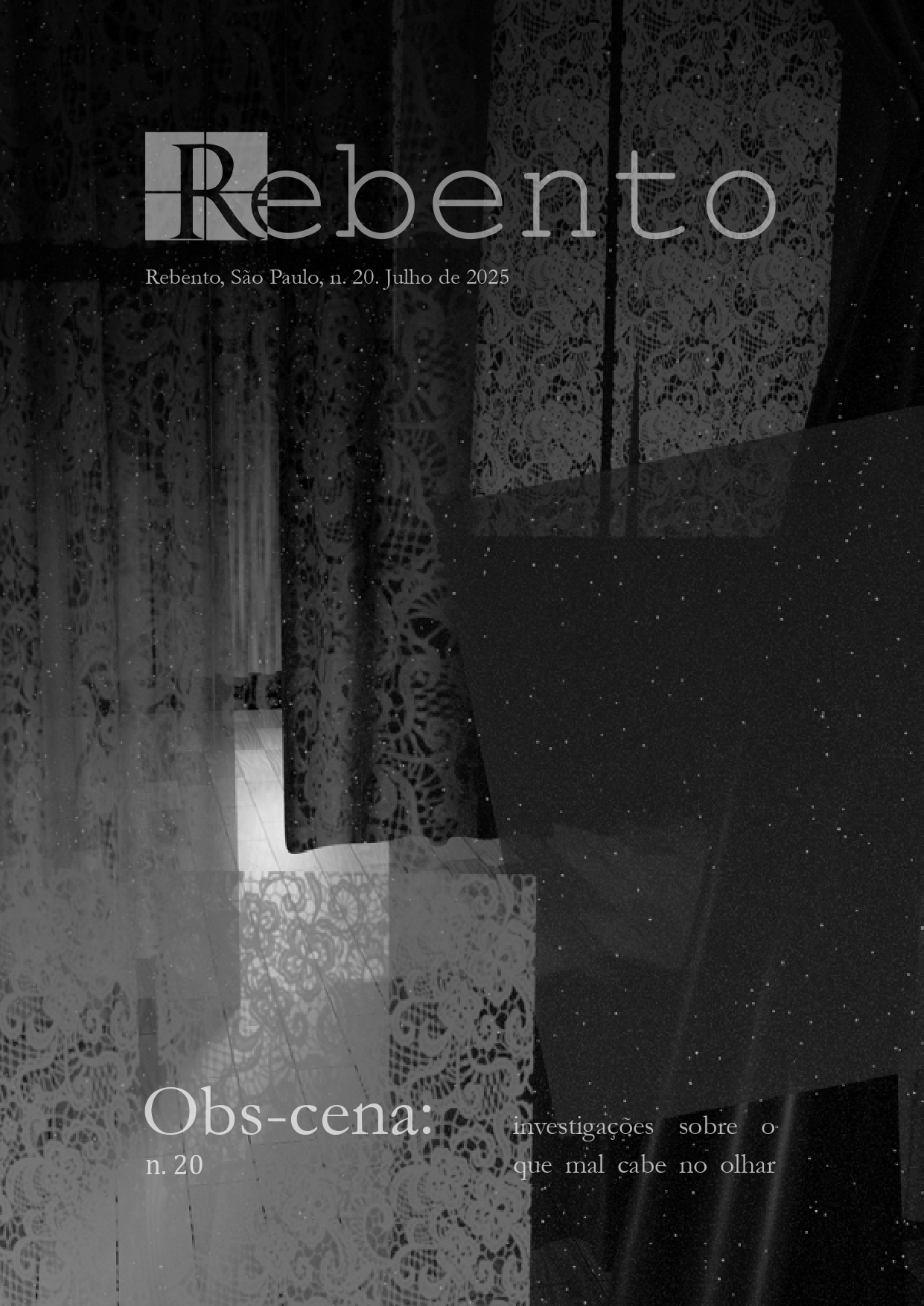Counter-colonial cartography for the defense of the sacred territory in the city of Caetité in Bahia
The terreiros Ilé Àṣẹ Ojú Oòrùn and Ilé Àṣẹ Aiye ti Azoani
Abstract
Candomblé terreiros are territories shaped at the crossroads of the Afro-diasporic experience. These sites possess specific territorialities and recreate, within the Alto Sertão region of Bahia, the possibility of worshiping the ancestors (Egungun and Caboclos), the Orixás, and the Ibejis. However, these territorialities continue to be threatened — no longer by the force of law as in the past, but by the pervasive racism embedded in society, which aligns itself with the advance of wind energy enterprises. The installation of such projects in the territory has triggered intense real estate speculation, which in turn exacerbates processes of expropriation, as was the case in 2024, when machinery invaded the sacred land of the Ilé Àṣẹ Ojú Oòrùn and Ilé Àṣẹ Aiye ti Azoani terreiros in Caetité, Bahia. However this expropriatory movement also gave rise to a collective response, as the religious community mobilized to defend its territory. This mobilization led to the creation of a counter-colonial cartography capable of affirming their Afrographies within the city of Caetité, thereby strengthening the resistance and political agency of the aforementioned terreiros. This article centers on that movement, structuring itself according to the four moments of the Bakongo Cosmogram, inviting the reader to engage with it through a spiral perception of time and space. Keywords: Ilé Àṣẹ Ojú Oòrùn; Ilé Àṣẹ Aiye ti Azoani; Counter-colonial cartography; Afrography; Territorial expropriation.Downloads
Published
Issue
Section
License
É responsabilidade dos autores a obtenção da permissão por escrito para usar em seus artigos materiais protegidos por lei de Direitos Autorais. A revista Rebento não é responsável por quebras de Direitos Autorais feitas por seus colaboradores.
Os autores mantêm os direitos autorais e concedem à revista o direito de primeira publicação, com o trabalho licenciado sob Licença Creative Commons do tipo atribuição CC BY-NC:
Atribuição (BY): Os licenciados têm o direito de copiar, distribuir, exibir e executar a obra e fazer trabalhos derivados dela, conquanto que deem créditos devidos ao autor ou licenciador, na maneira especificada por estes.
Uso Não comercial (NC): Os licenciados podem copiar, distribuir, exibir e executar a obra e fazer trabalhos derivados dela, desde que sejam para fins não-comerciais.
Após a publicação dos artigos, os autores permanecem com os direitos autorais e de republicação do texto.


